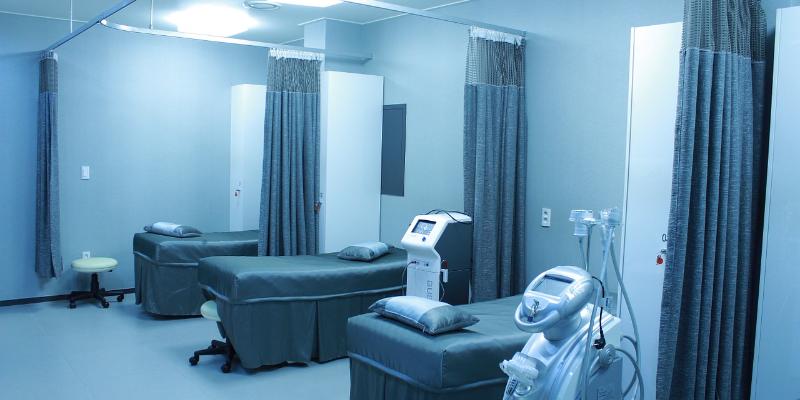There are 42 teaching hospitals in Poland. They were established by medical universities, which means that these centres not only treat patients, but also train future physicians. That’s why you can expect examination by both a student and a professor here.
According to dr. hab. Damian Czyżewski pro-vice-chancellor for hospital teaching of the Medical University of Silesia in Katowice, teaching hospitals are a strategic component of the Polish health care system. This is due to the top level of patient service referral, i.e. the top level of hospital care.
“Teaching hospitals treat what is commonly called 'special cases’, often referred from other, lower-level centres," adds Czyżewski.
Physician, researcher, teacher
Teaching hospitals are in charge of undergraduate and graduate education in medical professions, treatment and health promotion.
“Student education requires medical universities to have highly qualified personnel and adequate resources – and teaching hospitals cater for this requirement," says Krzysztof Bąk, the press spokesman for the Minister of Health.
The academic staff employed at medical universities combine the provision of health care with educational and research duties. They provide treatment under separate contracts with the hospitals.
In practice, hospital wards are supervised by their heads or other administering physicians, whereas the responsibility for the education and research falls to the general manager. Both these functions can be performed by the same person.
Much like in the case of hospitals owned by local governments, the main source of funding for teaching hospitals comes from the medical service contracts established with the National Health Fund.
The problems of teaching hospitals
The main problems encountered by university hospitals include underestimation of medical procedures, difficulties in executing payment for services above the contractual limit from the National Heath Fund, insufficient contract value failing to cover the actual health needs, and the shortage of investment funds.
“As opposed to other hospitals, teaching hospitals do not receive financial support from their establishing entities, and have to face the challenges of the market, because they are responsible for their financial results," says Czyżewski.
He adds that teaching hospitals operate within a very competitive environment and constantly changing contracting terms. “We have to seek the adoption of a separate legislative act on teaching hospitals, which will provide them with an adequate rank and ensure proper funding from the National Health Fund," stresses vice-president Czyżewski.
From Kołłątaj to today
The origins of teaching hospitals in Poland date back to the times of the reforms introduced by Hugo Kołłątaj. The first teaching hospital in Poland was established in 1780 in Kraków for the Medical Faculty of the Jagiellonian University.
Today there are 12 medical higher-education institutions in Poland, which are the establishing entities for 42 teaching hospitals. This includes nine medical universities: in Białystok, Gdańsk, Katowice, Lublin, Łódź, Poznań, Warsaw, Szczecin and Wrocław, two Collegia Medicum – at the Nicolaus Copernicus University in Toruń and the Jagiellonian University in Kraków, and the Medical Sciences Faculty at the University of Warmia and Mazury in Olsztyn. The Medical Centre of Graduate Education in Warsaw, which provides graduate education, also holds academic rights.









Comments (0)